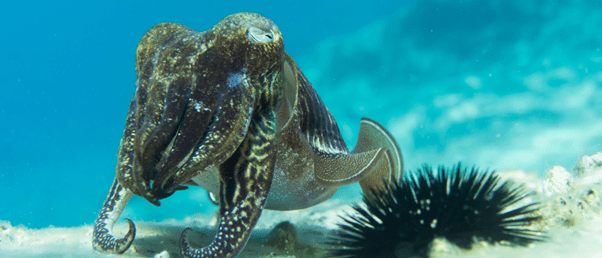Are cephalopods making a comeback in neuroscience?

The common cuttlefish, Sepia officinalis (S. officinalis), has been admired and studied ever since the time of Aristotle, largely due to its ability to rapidly and actively display a remarkable repertoire of color, patterns and textures on its skin. The mechanisms underlying the rapid and varied colorations of S. officinalis have been studied closely since the late 1800s, and by 1940 it was well established that the active camouflage of cuttlefish was due to structures in their skin called chromatophores. Chromatophores are elastic pigment-containing sacs acted upon by a system of muscles directly innervated by nerve fibers whose cell bodies...
To view this content, please register now for access
Join our member community for FREE to access a collection of journal and online-only features, including:
- Exclusive access to educational videos, eBooks and insights into top BioTechniques journal articles
- The latest news and journal updates delivered straight to your inbox when you want it
- Personalized recommendations for the latest member-exclusive podcasts, interviews and expert opinions
- Priority registration to webinars, panel discussions and events
- Access to competitions and journal publication discounts, including 10% off open access fees when you sign up today!




